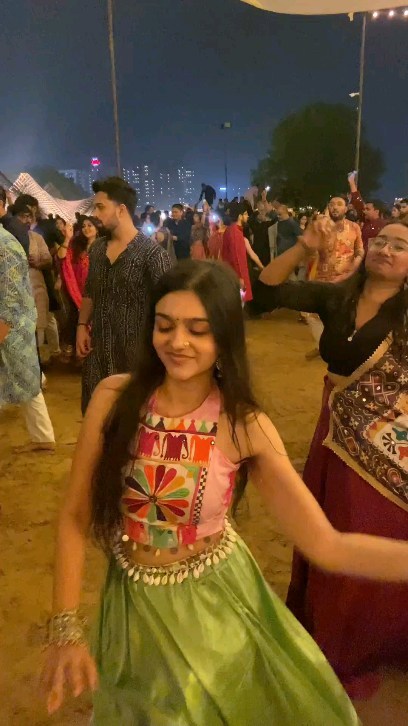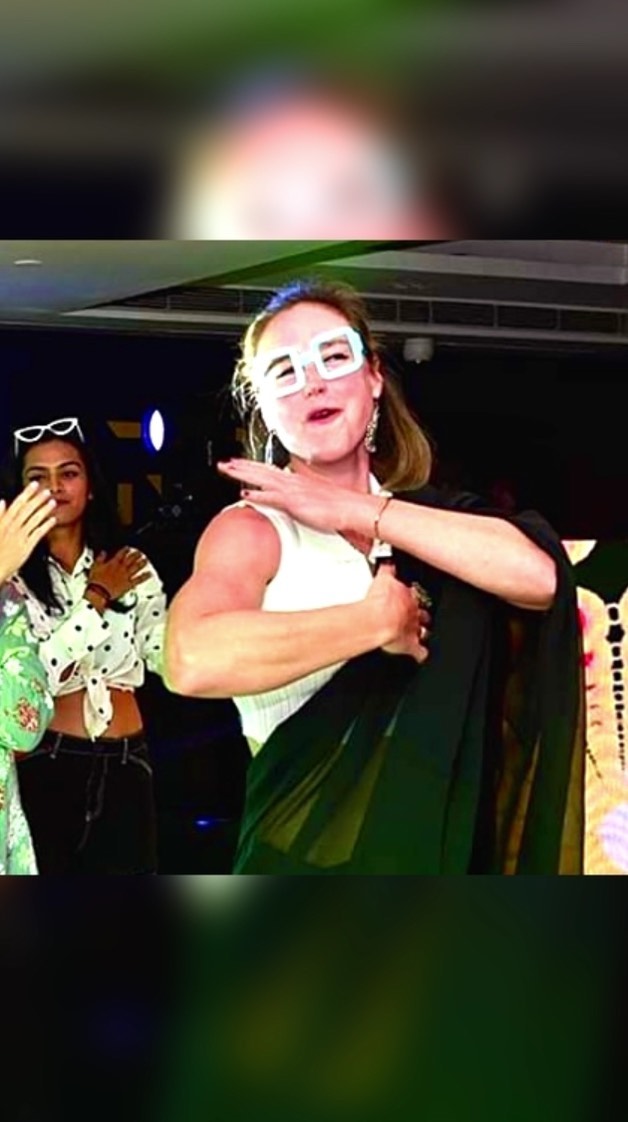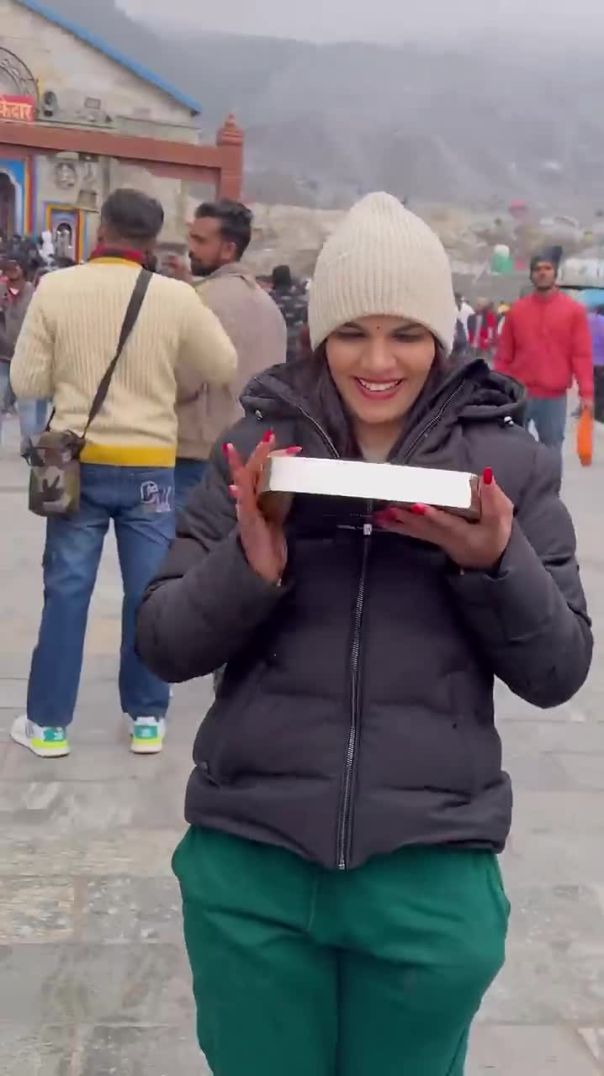
Featured video
Man Spends $1,000,000 Building Three Amazing Houses | by @NikosPropertyShow
17/02/24·Technology·00:22:58
PlayExperience firsthand how Nick from Niko's Property Show brings this ambitious project to life with a $1 million budget to construct three stunning American-style houses.
Join us in this video as Nick guides us through every step of the construction process, from laying the foundations to adding the final touches of landscaping and furniture.
Explore the defining features of this style of home, leaving no detail unnoticed.
We hope you find inspiration and enjoyment in this remarkable project!
NIKO'S PROPERTY SHOW
Instagram: https://www.instagram.com/nikospropertyshow/
Youtube: https://www.youtube.com/channe....l/UC7ZaYMcgRKE-mfofD
Tiktok: https://www.tiktok.com/@nikospropertyshow
Facebook: https://www.facebook.com/nikospropertyshow
Shop: www.nikospropertyshow.com
Email: [email protected]
Other: https://twitter.com/NikoProperty
Disclaimer: Quantum Tech HD is not affiliated with the businesses whose products are shown in this review. Any trademarks depicted are the property of their respective owners.































